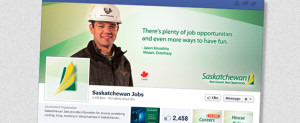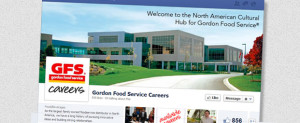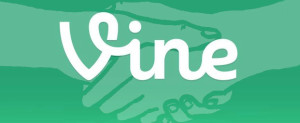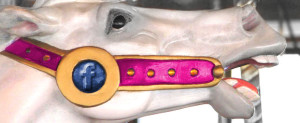April 1
Just in case you were wondering, we are living in the future. And by “The future” I mean a sci-fi movie. Specifically, Minority Report starring Tom Cruise.Google can predict flu outbreaks in real time, Target knows if your teen is pregnant and most importantly, The Cheesecake Factory can look into a Big Data crystal ball and predict exactly how crispy the pickles on your cheeseburger ought to be. Now that is “Absolute Customer Satisfaction”. It’s also just a little bit creepy, but probably worth it, for a seriously perfect pickle.There’s been quite a bit of buzz lately about the implications of Big Data for Recruiting and Employer branding. A lot of it is super-complex and detailed, like this post on HRExaminer.com. But most of us …Read More









